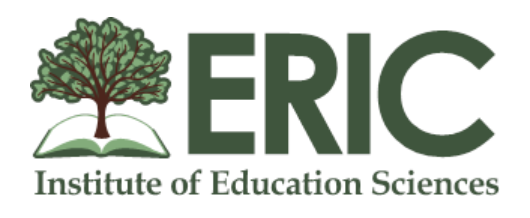“How difficult can it be?” A non-Indigenous ‘Asian’ Australian high school teacher’s AsianCrit autoethnographic account of dealing with racial injustice
DOI:
https://doi.org/10.24377/prism.ljmu.0401217Keywords:
AsianCrit, pre-service teachers, early career teachers, Australian Education, autoethnographyAbstract
Australia’s colonial past and subsequent propagation of the White Australia policy in the Immigration Restriction Act of 1901 has meant that 'Whiteness' remains central to the national imaginary. Consequently, racial-colonial discourses axiomatically regulate scholarly and societal understandings of racial minorities through two unique but analogous debates – one focussed on the schism between Indigenous and non-Indigenous peoples; the other centred around immigration policy and multiculturalism (Curthoys, 2000). In the context of Australian education, there is a slowly developing collection of Critical Race Theory (CRT) scholarship that has addressed and challenged the inequities that pervade the Indigenous student experience (Ford, 2013; Vass, 2014, 2015); however, there has been much less momentum made with other racial minorities. Specifically, the experiences and voices of migrant pre-service and early career teachers from Asian backgrounds like myself, who have become increasingly prevalent in Australian education, remain largely absent from scholarship. In light of this, in this paper I use Asian CRT (AsianCrit) (Museus & Iftikar, 2013) to present an autoethnographic account of a migrant ‘Asian’ Australian high school teacher’s subjectivities, quests for solidarity and attempts at dealing with racial injustice across a range of White Australian classrooms.
Downloads

Downloads
Published
Issue
Section
License
Authors retain copyright and grant the journal the right of first publication with the work.
The version of the article published as part of this issue is licensed under a Creative Commons Attribution-NonCommercial-NoDerivatives 4.0 International Licence and allows others to read, download, copy, distribute, print, search, link to the full text of the first version of this article, or to use it for any other lawful purpose in accordance with the license. The author maintains copyright for the article published in this journal.
This journal provides immediate open access to its content and has no submission or publication fees.



